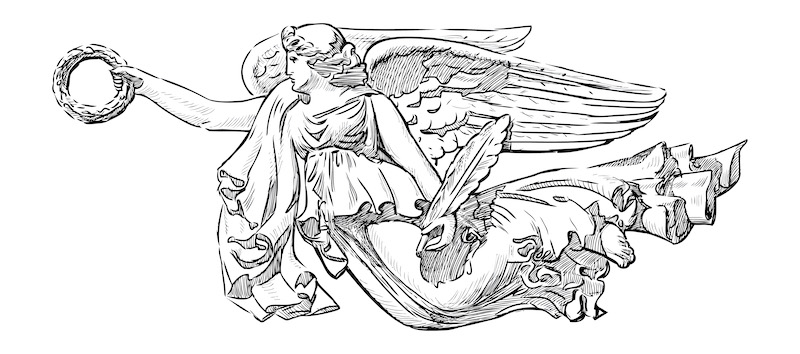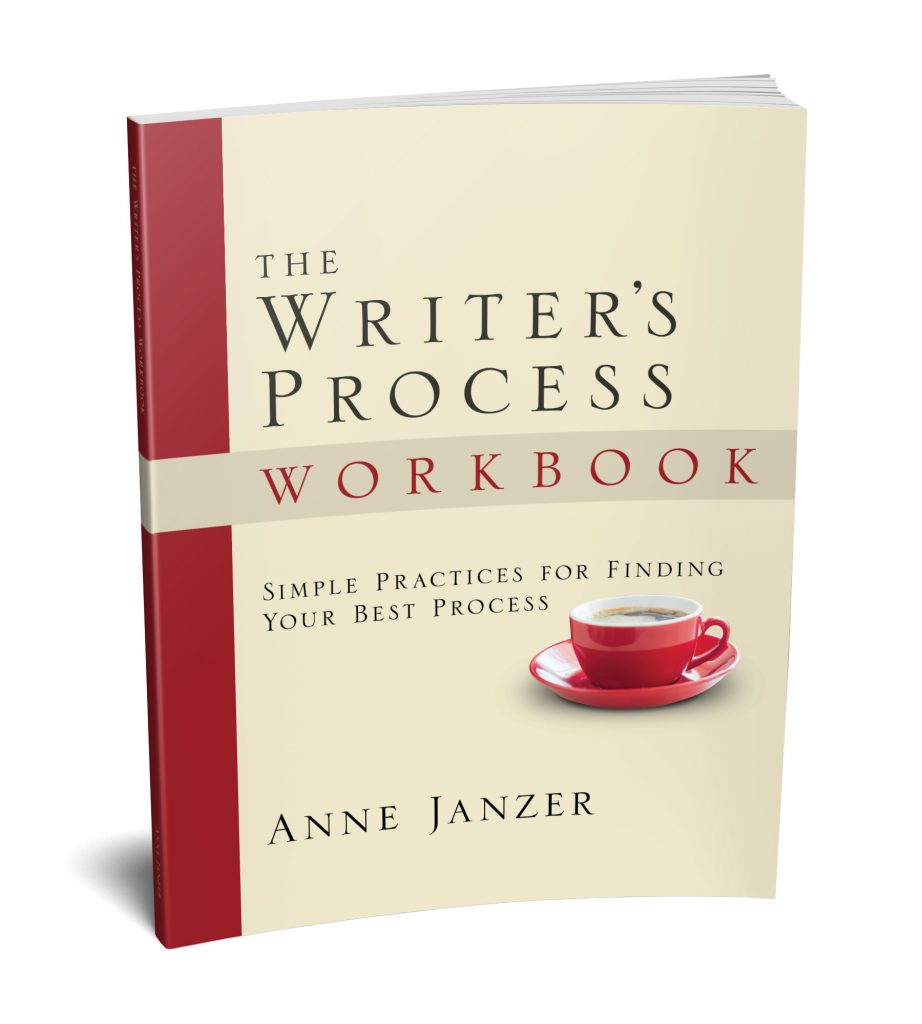Tuesday, June 28, 2022

This post is based on an excerpt from The Writer’s Process Workbook—an interactive guide to exploring and optimizing your personal writing process. This comes from the section on learning to welcome (and support) the Muse in your writing.
Creativity isn’t a gift from the gods—it’s a product of our minds. And by learning to make room for it in busy days, we can enrich our writing and our lives.
Let’s refer to the creative systems within us as the Muse. The Muse embodies the mental processes that help you find the perfect analogy, a fascinating story, or an unusual approach to your topic.
The Muse is the seat of creativity and combines many processes, including:
- Associative thinking
- Intuition
- Empathy
- Brainstorming
- Contemplation/mind-wandering
It may seem like the Muse lives outside of our direct control.
We cannot force creative insights to happen, but we can invite the Muse into our lives. And the first step is to pay attention to the Muse when it shows up, and to welcome it with open arms.
Notice when the Muse is present
Inspiration doesn’t always arrive with a blinding flash or a big “Aha!” moment. Sometimes the Muse whispers quietly in your ear. Those ideas waver at the edge of your consciousness. Your Muse might be shy or easily spooked by the presence of other people, urgent tasks, and the rush of the day.
If you want more creativity in your writing or your life, start by understanding what the Muse feels like when it is present. Learn what thoughts, activities, or mindsets attract the Muse when it shows up. Then learn to spend more time engaging in them.
How well do you know your Muse?
The first step in welcoming the Muse is simply noticing when it wants to contribute. Pay attention to situations that attract your Muse.
Grab a pencil and note where and when your Muse shows up.
Places: Where are you when inspiration shows up? (At your desk, in the shower, on a walk?) List as many of those places as you can.List as many of those places as you can.
Are you alone? With one or two close friends or colleagues? Surrounded by strangers in a coffee shop? Does it matter? (Write it down)
Time of day: Chronobiology suggests that biological creatures follow different rhythms and timings. Are you more creative first thing in the morning? Last thing at night? When you wake up at 5 a.m. and don’t want to get out of bed yet? What times are especially fertile for you?
Other observations: Have you noticed any other trends in your personal creativity?
If you’re not sure of these answers, spend a few days paying attention to the quiet voice of the Muse as it shows up with unexpected associations or interesting ideas to explore.
Use the Muse Journal worksheet (which you can download here) to keep track of when the Muse appears in your life.
Once you’ve done that, you can integrate more of those activities, intentionally, into your writing life.
And if you found this useful, check out The Writer’s Process Workbook: Simple Practices for Finding Your Best Process.

Cuesta Park Consulting & Publishing publishes books and online courses for writers and marketing professionals. Books are available in print, ebook, and audiobook formats from a wide range of retailers. For more information, visit AnneJanzer.com.